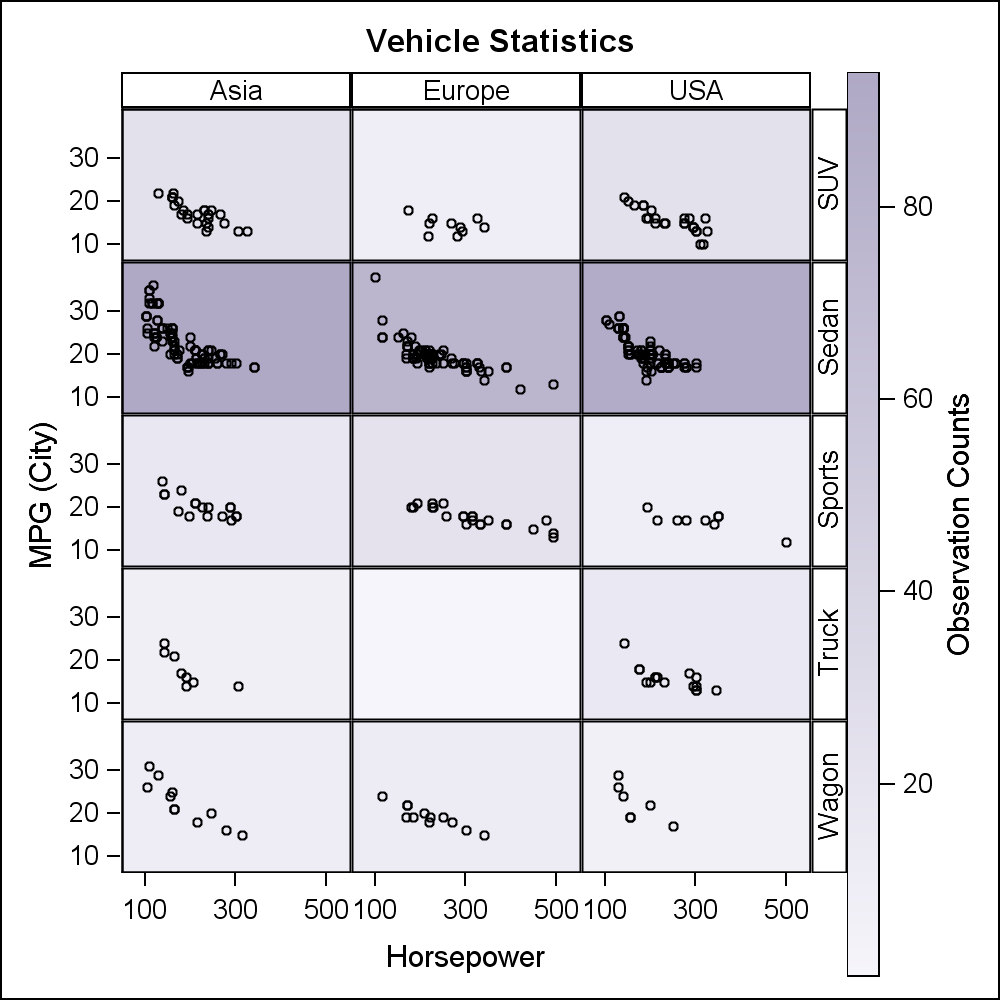

Setting the origin of the X axis as a multiple of the Acquisition
PLOT RESOLUTION ORIGIN GRAPHING UPDATE
The fifth update discarded the initial buffer size and reflects this by The fourth update shows the entire history of the samples, reaching the Target but still did not yet reach the limit of the Display Data Size option. Updating once more shows the additional 64 samples loaded from the The Display Data Size option is set to 256, but there are not yet enough samples to reach this limit. Size option, show the buffer starting withĪ value of 0 and the next 64 samples show the updated values. To illustrate this, take the screenshot below which shows two sampleīuffer updates: the first 64 samples, set by the Acquisition Buffer Sequentially display the past behaviour of the sampled data. If it is desired to maintain a history of the sampleĭata, making the Display Data Size greater than When the option is selected from the menu Tools → Graph → type of graph, Plot each individual sample data matching its numerical value on the vertical axis (Y axis) and increment its position on the horizontal axis (X axis).Perform calculations and transformations that format the data samples according to pre-determined options set by the Graph Properties.


The graph utility is basically a Memory Viewer that, instead ofĭisplaying the data in raw format, shows it in a X-Y plot format. Update the data when the device is halted.īreakpoints can be set to automatically update the data when reached. Update the data continuously at a rate defined by CCS Properties (no faster than 100ms). Depending on the device and mode of operation, the data will be updated only when the device is halted.Ĭontinuous Refresh. Update the data when this button is pressed. Single and double-precision floating point.Multiple line graph that calculates the frequencyĭomain magnitude by performing a Fast Fourier Transform on anĪrbitrary number of data arrays. It can display non-interleaved complex data. Magnitude and phase by performing a Fast Fourier Transform on twoĭata arrays. Dual line graph that calculates the frequency domain It can display both real and complex data. Dual line graph that calculates the frequencyĭomain magnitude and phase by performing a Fast Fourier Transform on Magnitude by performing a Fast Fourier Transform on the data array. Single line graph that calculates the frequency domain Dual line graph that plots two single time graphs in the Single line graph that plots the array values in the “Y”Īxis and the array index (sample count) in the “X” axis. The following types of graphs are available: In various formats (datapath size, precision, sign, Q values). The arrays of data are stored in a device’s memory It can display arrays of data in various graphical types (amplitude An advanced graph and image visualization tool is available inĬCS.


 0 kommentar(er)
0 kommentar(er)
